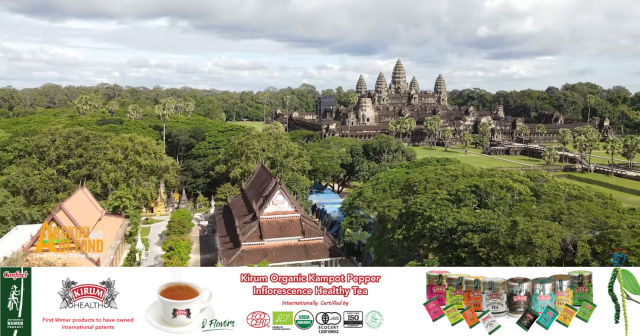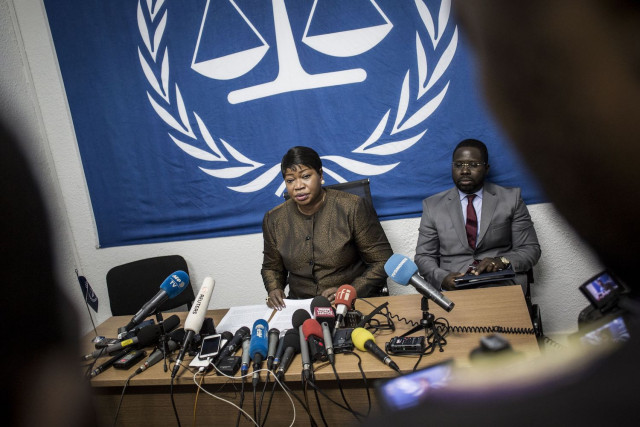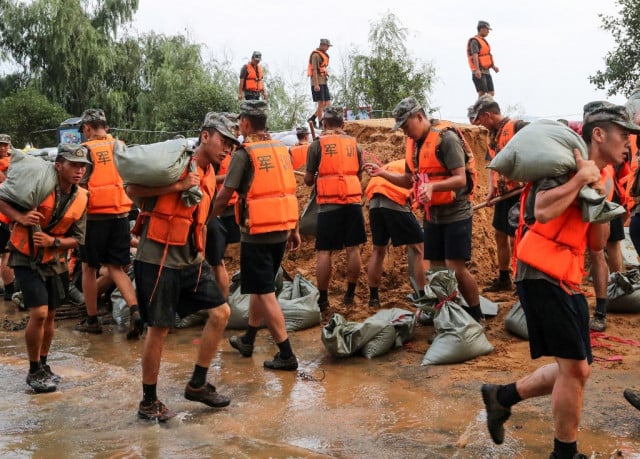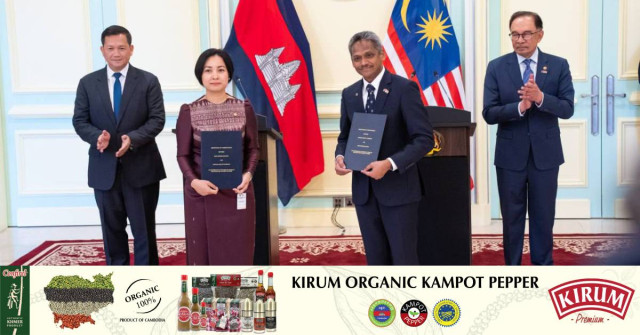The Views of Heritage Experts on the Angkor Site

- By Ky Soklim
- April 16, 2024 7:30 PM
SIEM REAP — Angkor is a vast site. A site of more than 400 square kilometers in Siem Reap province that consists of not just centuries-old temples, but people, animals and plants that have been interconnected for centuries through history, culture and traditions.
This has led experts from different countries and professions to study and, fascinated by the site, produce studies and reports, and keep on doing so over decades, highlighting what makes the Angkor Archaeological Park so important and a UNESCO World Heritage site.
- Angkor Tells and Listens to Everyone -

Phoeurng Sackona, minister of Culture and Fine Arts
Many people, even myself, pray at Angkor when difficulties arise. This is a belief, a faith in the soul of the ancestors, their sacrifices, their blood, their tears. Everything that they have left us, physical or abstract, through thousands of years.
The new and the old generation have gone through history, even though bitter. When we go through happy times, we also celebrate here. It almost seems like a family. When you face hardship, who will you go and meet? Your family members. When you are happy, who will you go and meet? Your family members.

Caption: People making offering to the famed Lok Ta Reach deity at Angkor Wat temple.
This is a value that runs within people’s emotions, and it is what gives us the love toward Angkor. Don’t just see it as stones, see it as souvenir, sweat, tears and blood. When we walk past each [temple] gallery full of sculpted characters on the wall, imagine if they could talk. Would not that be something amazing?
They have seen a lot of things. Time of war and time of happiness. Just imagine if we could talk to them. That is the connection, a family-like connection.

Caption: People making offering to the Tomb of the White Elephant, Koh Ker archaeological site.
- A Living Heritage -

Ang Choulean, a renowned ethnologist of the Royal University of Fine Arts
Simply speaking, the Angkor site is alive because of the presence of the population and their villages that surround the temples. First of all, we don’t really know where Angkor Park initially began and where it ended. There simply are temples in every corner of the land. People usually live side by side with the temples.

Caption: A senior lady of the village performs a spiritual dance during the Lerng Meak ceremony.
Nowadays, there are many villages. These villages have obviously not been created yesterday. They were established a very long time ago. After the Angkor city was abandoned somewhere during the mid-15th century, there were villagers who simply stayed there. Furthermore, the villagers do not live separate from the nearby temples. People there frequently organise agrarian rituals and other religious events at the temples and much more.

Caption: Buddhist villagers of Bangkoang village, Siem Reap province, offered food to monks during the Lerng Meak ceremony inside a communal hall.
- An Archeological Site still to Be Explored -
_1713016551.png)
Azedine Beschaouch, scientific secretary of the International Coordinating Committee of Angkor (ICC-Angkor)
Angkor is the biggest archaeological site in the world: 401 square kilometers…that is, 2.5 times the city of Paris, the capital of France…There still are more than 50 temples [to excavate and study]…If 50 other countries want to get involved, there is ample room.
During eight or nine centuries, Angkor was the capital of a world that included today’s Cambodia, part of Thailand, part of Laos, part of Vietnam, minimum…It was bigger than today’s Cambodia.
What is even more impressive is that Angkor was thriving between two big ancient giants: China and India.
- The Romance of Archaeology -
_1713016597.png)
Mounir Bouchenaki, member of the International Coordinating Committee of Angkor (ICC-Angkor) and of the ad hoc expert group for conservation
The Angkor site has the characteristic of a specific harmony between what was built and what nature has done. This is a harmony which is considered to also be respected. This is an alliance between nature and culture.
Nature is what gods have given to this Earth. Culture is what men have built. It is important in some places to keep the testimony as they are touched by time. This is called the romance of archaeology.

Caption: Large trees at Ta Prohm temple, Siem Reap province.

Caption: Large trees engulfing Prasat Pram, Preah Vihear province.
- Angkor: A City of Water -

Hang Peou, hydrologist and director general of the APSARA National Authority
There are three elements that are always present in our culture, and these are temples, water and forest. These have to be integrated together. We have talked a great deal about water, but we have not focused sufficiently on the advantage of the forest that, more than just beauty, also reduces the strength of the wind. Our temple stones do not have anything that locks one another strongly together. Furthermore, during hot days, the trees produce moisture that reduces the temperature on the stones and keeps the stone from cracking.

Caption: Jayatataka reservoir at Angkor Archaeological Park. The central houses an ancient temple called Neak Poan will smaller ponds inside.

Caption: A water reservoir called Srah Srang at the Angkor Archaeological Site. Photo: Sem Vanna

Caption: Bakong temple and its moat.

Caption: Banteay Srei temple and its moat.

Caption: Siem Reap stream (technically an ancient canal) which flows across the Siem Reap city. Photo: Sem Vanna
- A Laboratory of the World -

Im Sokrithy, an archaeologist with the APSARA National Authority
If we view it from the perspective of the present day, Angkor Park is a laboratory of the world. For example, we have a temple here [in Angkor Park]. We may know its shape and its dimensions.

However, when we try to look at its story behind the scenes, how many people were required to build it? How long was its construction? What were the tools that they used to build it? Who can answer all of these things? The City of Angkor was the capital of the Khmer Empire for around six centuries. So, in-between this period, how many generations of people lived here? And during the reign of each king, how did the people live their daily lives? What did their city or their residential quarters look like? What did they eat? What are the biographies of the kings? Have we already discovered all this yet? By and large, we only know that, between such and such years, this king was born or died, that he had this woman as his wife and those of the younger generations as his children. Plus, that he constructed such a number of temples.

And that is pretty much what we know so far. There are so many things out there that we still have to learn. Also, in order to understand as much as possible the broader picture on the matter, we must have knowledge and data from information providers in multiple disciplines.

Ky Chamna contributed to this story.















